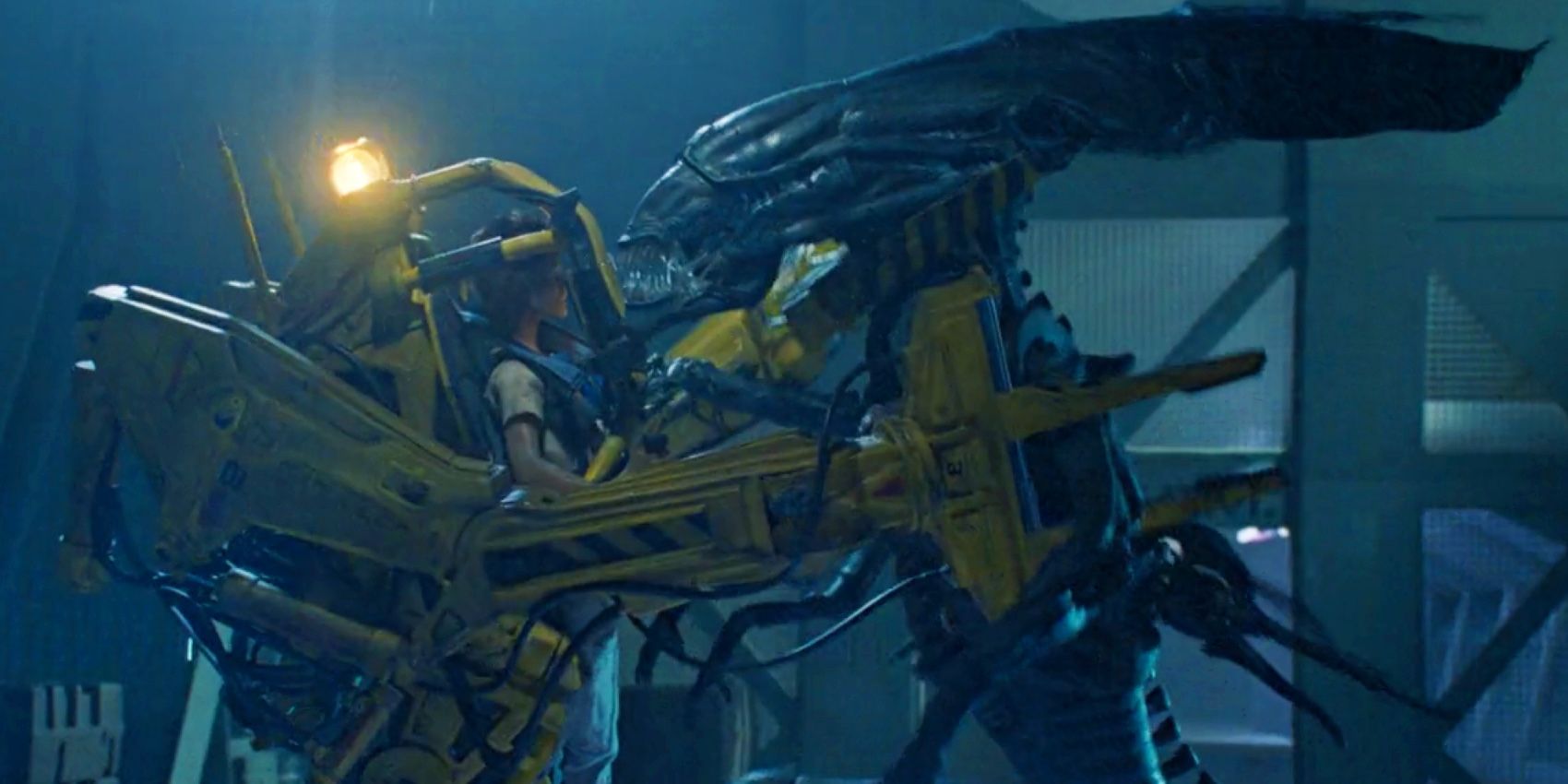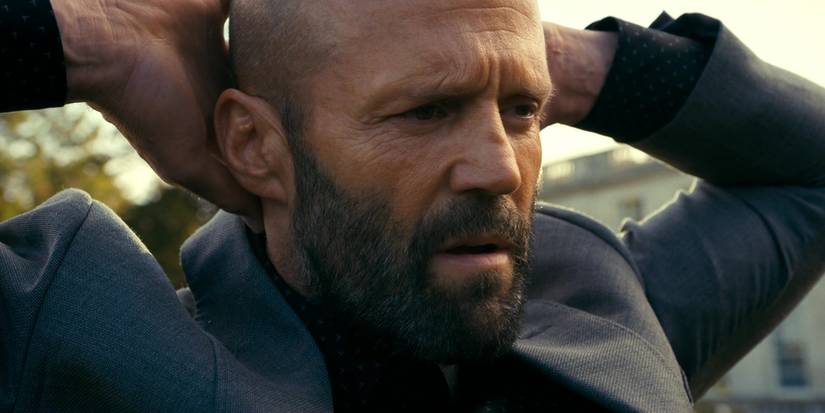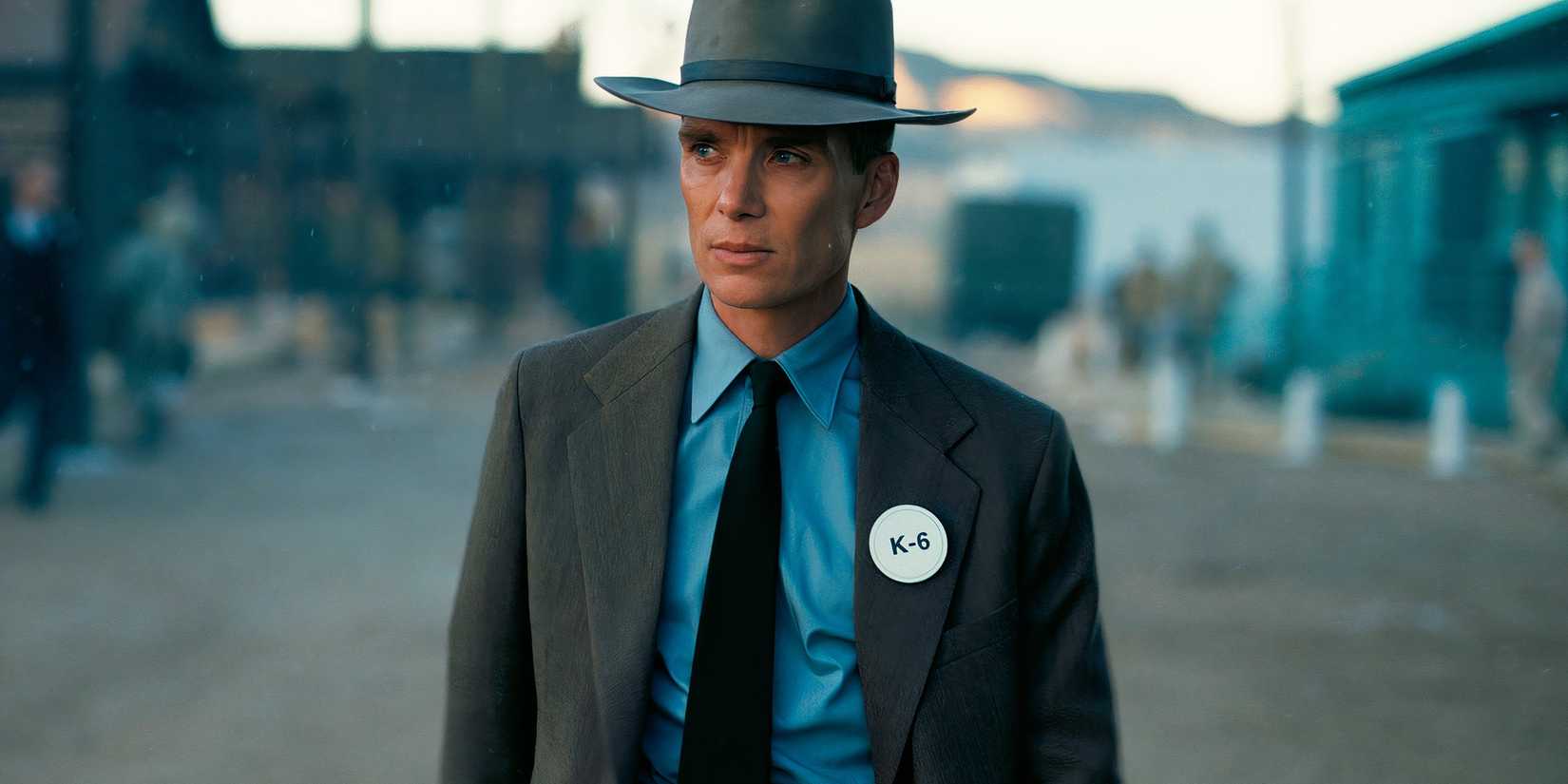A recent breakdown from Corridor Crew leaves visual effects enthusiasts astonished by the ingenuity behind one of the most iconic scenes in James Cameron’s Aliens. The sequel to Ridley Scott’s Alien (1979) follows Lt. Ellen Ripley (Sigourney Weaver) as she is rescued after drifting in space for 57 years and joins a team of marines on LV-426, where they encounter a lone survivor, nine-year-old Newt (Carrie Henn), and battle an overwhelming swarm of Xenomorphs. The film became a critical and commercial success, earning seven Academy Award nominations, along with a win for Best Visual Effects.
In a recent video posted to YouTube, Corridor Crew’s Niko Pueringer, Wren Weichman, and Jordan Allen dissected the famous Powerloader scene, revealing how the production achieved its realism without the extensive use of digital effects that are available today. Instead of utilizing CGI, the filmmakers used a practical approach involving real bodybuilders to bring the Powerloader to life. Check out Corridor Crew’s explanation and video, below:
Wren: Those two little points sticking out of the top are tiny little wires. They go up and out of frame, probably to keep the thing from tumbling over. But it does look hydraulic based, so it does look like it operates without any ability to balance itself.
Niko: So, it’s suspended from the ceiling for safety, but also because it is 600 pounds. Here’s how it works. There is a bodybuilder stuntman inside of the powerlifter. So, there’s an actor that stands on it, there’s an actual yoked dude inside of it who does all of the movements.
Jordan: You’re saying theres a powerlifter in the Powerlifter?
Niko: Yes! It’s just a yoked dude moving stuff around, and all of the arms are counter-weighted.
Wren: Are you kidding me?!
What This Means For Aliens’ Use Of Practical Effects
CGI Was Not Used In Aliens
The Powerloader scene in Aliens was made through a combination of practical effects and clever staging. The design was crucial, not only in terms of realism, but also for functionality. However, the filmmakers, under the guidance of SFX supervisor John Richardson, faced numerous challenges. The Powerloader took three months to build, and to bring it to life, the crew had to figure out how a stuntman would be concealed inside the suit. They were able to manipulate the legs of the prop, so the bodybuilder could operate the mechanism, while Weaver reacted to his movements. That said, the Alien films that followed employed CGI.
In contrast to CGI-heavy productions, which were gaining traction in the 1980s, Aliens utilized hands-on techniques to create immersive scenes throughout the entire film. The now-notorious Powerloader scene involved careful manipulation of the prop, with cranes supporting the weight of the loader. The production team used similar techniques with the Xenomorphs themselves, who were mostly a handful of actors in rubber suits. Director James Cameron, with the help of editor Ray Lovejoy, had to carefully frame sH๏τs to create the illusion of numerous Xenomorphs, just like he did with the wires that suspended the Powerloader.
Our Take On Corridor Crew’s Commentary On Aliens
The Use Of Practical Effects Was Ingenious
The Powerloader effect highlights the creativity that made James Cameron’s Aliens so groundbreaking. The production team’s choice to use bodybuilders to operate the machine lauds a new appreciation for the practical effects that brought the film to life. Additionally, Corridor Crew’s breakdown of the scene reinforces why Aliens continues to stand out in modern filmmaking. Practical effects, when done well, leave a lasting impact on viewers, creating a stronger connection. Aliens created a new standard for immersive storytelling, ultimately influencing many succeeding films that followed.
Source: Corridor Crew / YouTube






